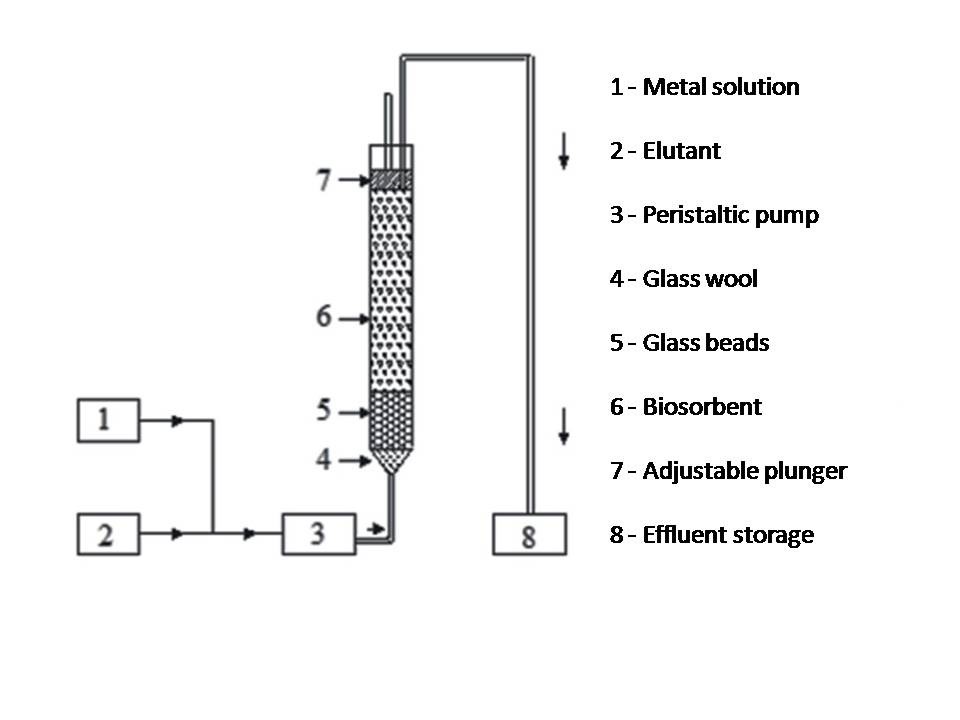
Researchers have been focusing on protecting water quality and preventing environmental contamination caused by industrial discharge of heavy metals. Various methods have been explored for extracting these metals from wastewater, but they often prove to be costly and rely on non-renewable resources. Adsorption, however, offers a promising solution due to its stability, affordability, and ease of implementation. In this research, continuous biosorption tests were conducted using a glass column filled with Sargassum Wightii (SW) seaweed, with Pb(II) ions used as a model solute. Varying bed heights (15-25cm) and flow rates (0.3-0.6 L/hr) in the column tests aimed to maximize biosorption efficiency. The optimal conditions for metal uptake and removal were a bed height of 25cm and a flow rate of 0.3L/hr, resulting in Sargassum Wightii adsorbing 41.17mg/g of metals with a removal efficiency of 69.07%. The Modified dose-response model effectively characterized Pb(II) biosorption at different bed heights and flow rates. Column regeneration studies demonstrated breakthrough and sorption within 2 hours, complete depletion at 24 hours, and an elution efficiency of 99.2% using 0.1M NaOH, allowing for up to three cycles of biosorbent reuse.
Total file downloads: 10